
In modern gaming, maintaining high FPS (Frames Per Second) and smooth gameplay is crucial for enhancing the gaming experience. This article provides detailed methods to ensure both high FPS and a smooth gaming experience.
What is FPS
FPS (Frames Per Second) refers to the number of frames displayed per second in a game. Higher FPS means smoother graphics and more responsive controls. Typically, 60 FPS is considered the standard for smooth gameplay, while high-end devices can reach 144 FPS or more, offering an even better gaming experience.
1. Update Your Graphics Drivers
Graphics drivers directly impact gaming performance. Keeping your drivers updated ensures optimal compatibility between the game and your hardware, preventing performance issues. It's recommended to use Driver Sentry to automatically detect and update drivers, saving time and avoiding errors.
Click the download button to get the latest version of Driver Sentry, install it, and open the software. Click "Scan" to identify outdated or missing drivers.
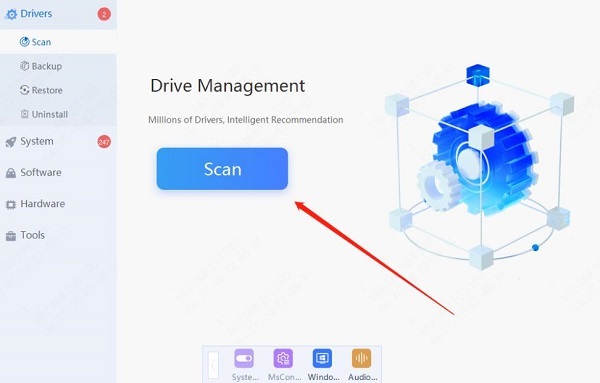
Find the graphics driver in the results and click "Update".
After updating, restart your PC to ensure the changes take effect.
2. Adjust In-Game Settings
In the game menu, locate the "Settings" or "Options" page, and navigate to graphics or video settings.
Lower the game resolution to slightly below your screen's native resolution. For example, reduce 1080p to 900p to significantly reduce GPU load.
If you experience screen tearing or high FPS, enable V-Sync or set a frame rate limit to keep gameplay smooth and reduce GPU stress.
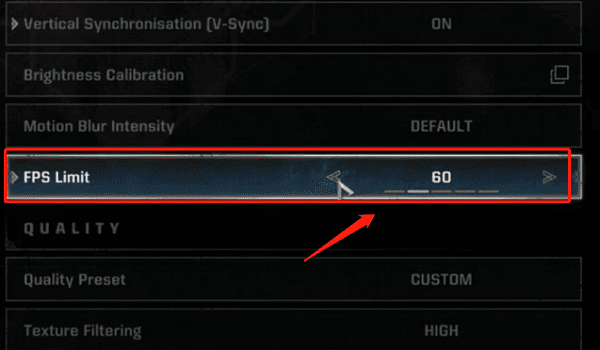
Lower settings like shadows, textures, anti-aliasing, and view distance to boost FPS and improve performance.
Disable resource-heavy effects such as motion blur, ambient occlusion, and reflections.
3. Manage Background Programs
Press Ctrl + Shift + Esc to open the Windows Task Manager.
Go to the "Processes" tab to view all running programs.
End tasks that are consuming a lot of CPU, memory, or disk resources by selecting them and clicking "End Task".
4. Hardware Optimization for Better FPS
If your current GPU is struggling, consider upgrading to a newer model, such as moving from an NVIDIA GTX to an RTX series, or from an AMD RX to an RDNA series.
Modern games often require at least 16GB of RAM for smooth operation. If you're running low on memory, consider adding more RAM sticks to your motherboard.
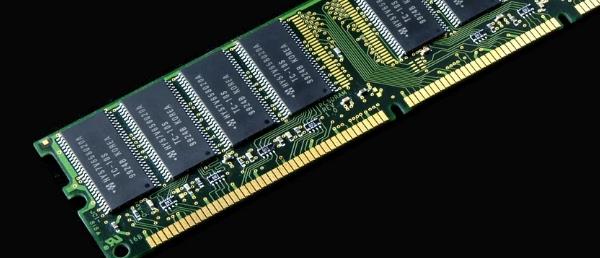
Upgrading to an SSD can greatly reduce game load times and prevent stuttering. NVMe SSDs offer even faster data transfer than traditional SATA SSDs.
High temperatures can cause your hardware to throttle, reducing performance. Make sure your cooling system is working properly, clean dust from fans and heatsinks regularly, and consider upgrading your cooling solution if necessary.
5. Regularly Clean System Junk
Open "This PC", right-click your system drive (usually C:), and select "Properties", then click "Disk Cleanup".
Check the boxes for junk file types (e.g., temporary files, Recycle Bin) and click "Clean up system files".
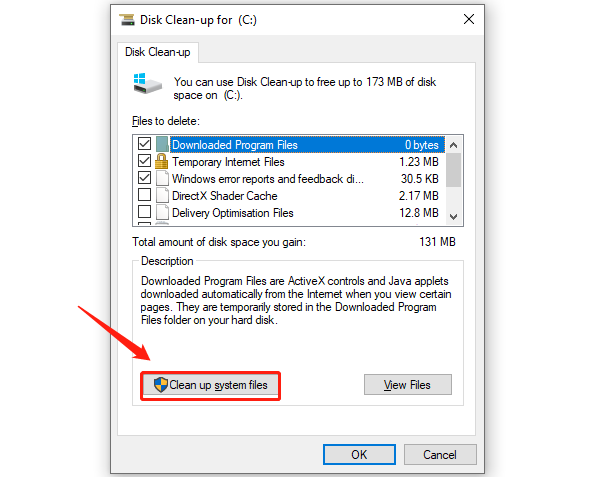
Clearing out temporary files from browsers, game updates, and other sources can free up space and improve performance.
6. Optimize Network to Reduce Stuttering
A wired Ethernet connection is more stable and has lower latency compared to Wi-Fi, helping to reduce network-related stuttering.
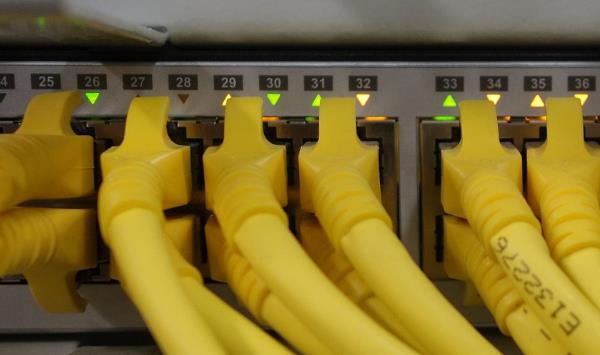
Ensure gaming traffic takes priority over other applications by setting up QoS (Quality of Service) in your router, prioritizing game data.
Streaming or downloading during gameplay can consume bandwidth, leading to lag. Close these programs during gaming sessions.
In your game settings, select servers that are geographically closer to you to reduce network latency (Ping), improving in-game response time.
7. Adjust Windows Power Settings
Press Windows + S, type "Control Panel", and open it.
Go to "Power Options" and select the "High Performance" power plan, ensuring your hardware gets maximum power during gaming.
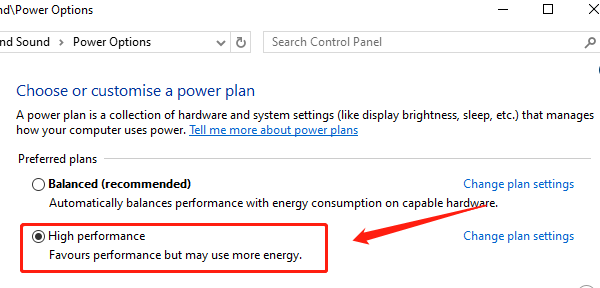
Click "Change Plan Settings", then "Change Advanced Power Settings".
Under "Processor Power Management", set the "Maximum Processor State" to 100% to ensure your CPU operates at full capacity while gaming.
Optimizing both hardware and software is key to maintaining high FPS and smooth gameplay. We hope these tips help you resolve FPS issues and enjoy a smoother gaming experience.
See also:
How to Fix No Sound Issues on Windows 11 Computer
How to Fix Graphics Driver Installation Issues